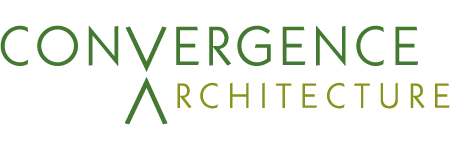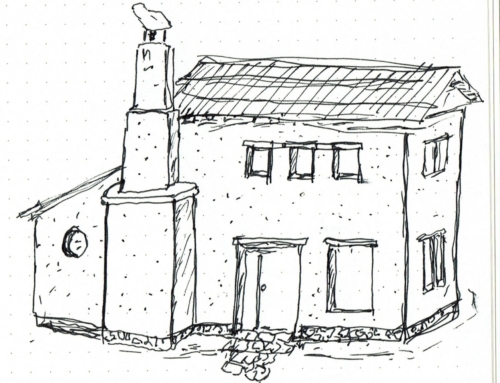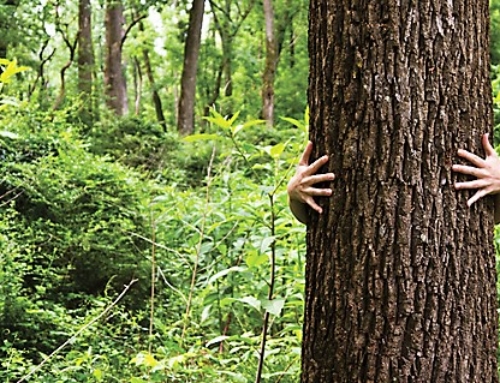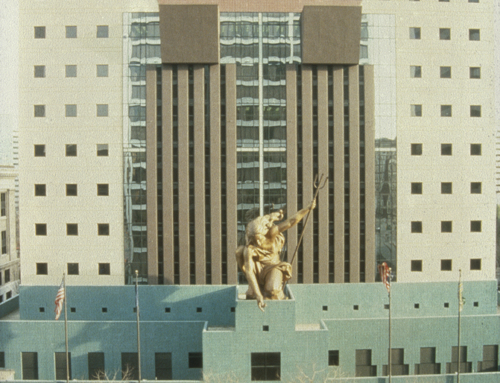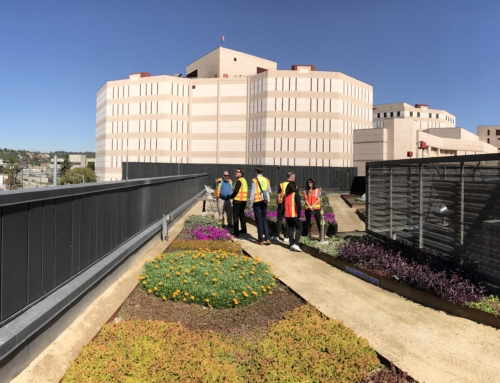Written by Christa Holden
I thought we would explore some ideas about crossing disciplines to better understand the world as a whole. As we already know, architecture plays a major roll in our lives. It impacts our health and the climate of our planet. The ideas behind Bioarchitecture look to balance and uplift our lives through better understanding of the biological world that we live in and the role that we play in (and with) that world. Bioarchitecture is a combination of sustainable design and biophilia – It engages both disciplines to inspire better architecture.
bioarchitecture. Noun. (plural bioarchitectures)
The design and construction of buildings in an ecologically-friendly manner. The design and construction of buildings that reflect structures found in nature.
“As nature uses shape to hold charge or life force, it makes complete sense to use nature’s shapes and proportions for the shape of our spaces and buildings. In terms of architecture and design of space, I believe that by creating spaces that are based on the pure principles of natural design we provide a sacred environment that can nurture our bodies, minds and spirits. We can literally design to raise the vibration of the inhabitants. We can use our quantum consciousness to create the space, and to clear it of any stresses that do not serve life.” – Michael Rice
“This history, however, is largely a conceptual one, drawing on the metaphors, knowledge structures, and imagery of biology but rarely engaging the actual research protocols of biology or understanding buildings as living biological objects,” – David Benjamin
Additional links for further reading:
- https://www.
architecturaldigest.com/story/ biology-and-architecture - http://www.theimploder.com/products/other-developments-fractal-technology/bio-architecture
Placecraft provides alternative construction and is located right here in our neighborhood. If you have an idea for a project and are looking for a builder, we recommend reaching out to them!

